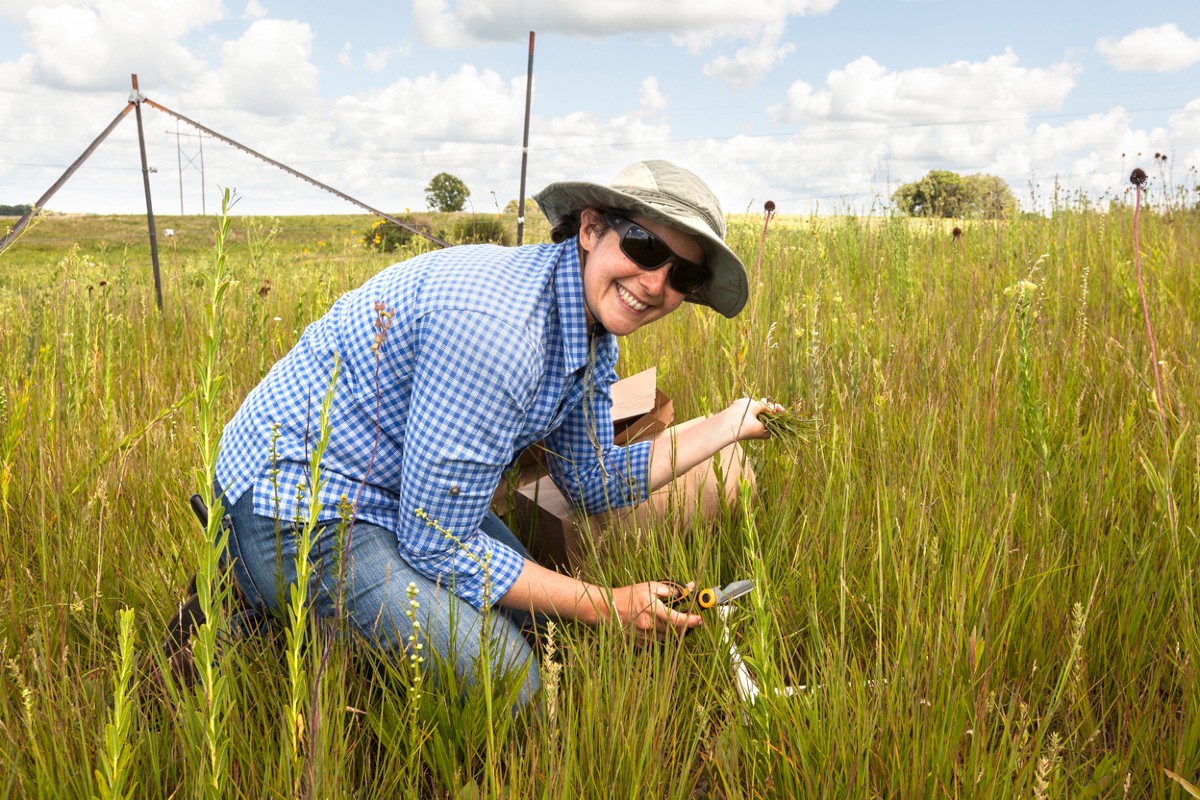
Want to make a difference? Try working at an environmental non-profit organization
Nature Portfolio 2 years ago

layersDaily Sustainability Digest
Published about 21 minutes ago
Revised regulations and international frameworks are redefining sustainable construction through stricter demands on carbon accountability. The Science Based Targets initiative’s Corporate Net Zero Standard introduces binding requirements that force construction companies to integrate measurable whole life carbon reduction strategies. The focus is shifting from pledges to evidence-based performance, where whole life carbon assessment and lifecycle assessment become core tools for demonstrating genuine progress in decarbonising the built environment.
Show MorearticleFeatured News

HSBC accused of 'backtracking on climate' as it updates net-zero transition plan
21 minutes ago

COP30 Covered podcast: Demystifying jargon & what to expect from the World Leaders Summit
21 minutes ago

UK Prime Minister Urges Global Action on Climate
1 hour ago

COP30: World leaders warned failure to tackle climate change amounts to 'deadly negligence'
1 hour ago

Blaze breaks out at Ward Recycling as sector faces series of fires
2 hours ago

Decarbonising the built environment: 4 key business insights from the experts
2 hours ago
play_circleFeatured Videos

: Minister for Flooding and Water marks publication of FloodReady Report
1 hour ago

Solid-State Batteries: Hype vs. Reality
2 days ago

Why do circular business models fail to scale? Going it alone
3 days ago

Why do circular business models fail to scale? Going it alone
3 days ago

Build Test Solution's Luke Smith on Measurement, Retrofit & the Future Home Standard
3 days ago

Dena Arabsolgar, Syxis
7 days ago
podcastsFeatured Podcasts

From BIM to Circular Sampling: Benjamin Glunz on Building Smarter
2 days ago

Why do circular business models fail to scale? Going it alone
3 days ago

5 Top Parking Trends: ICYMI
3 days ago

Maureen Waters on Powering Sustainability with Real Estate Data
8 days ago

Governing Climate Action: Massachusetts’ Strategy for Decarbonization and Resilience
8 days ago

Brackish - S6 E16 Bernadette Russell & Out Beyond Ideas of Wrongdoing and Rightdoing
9 days ago
Get your opinion heard:
Whole Life Carbon is a platform for the entire construction industry—both in the UK and internationally. We track the latest publications, debates, and events related to whole life guidance and sustainability. If you have any enquiries or opinions to share, please do get in touch.











